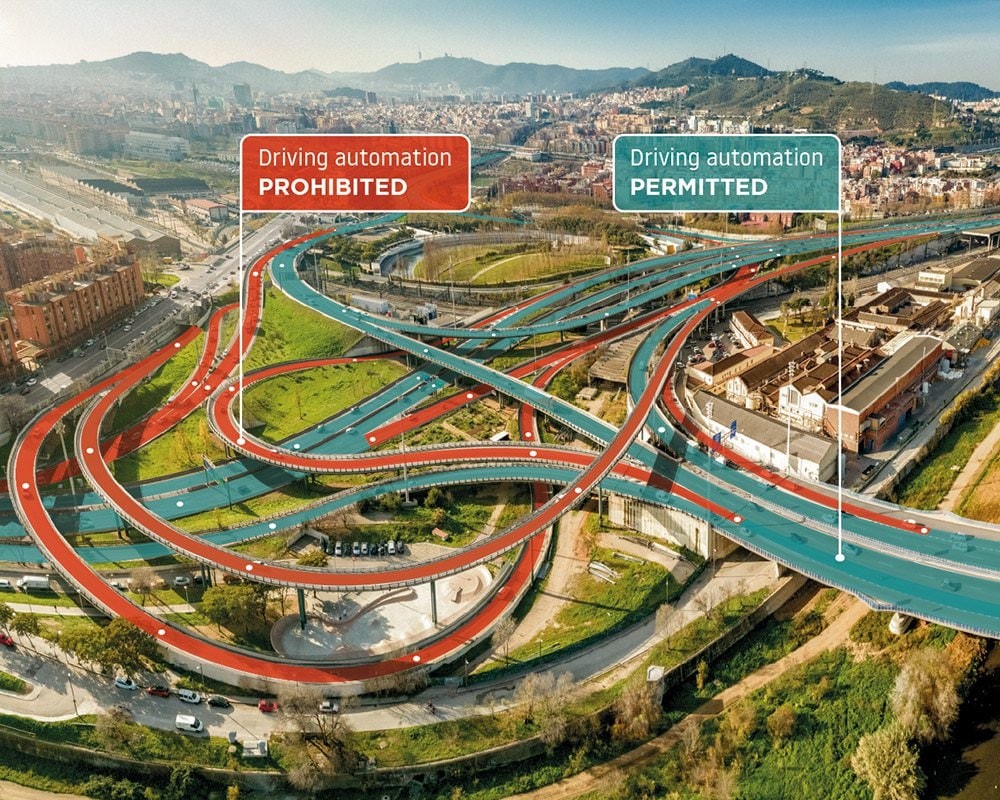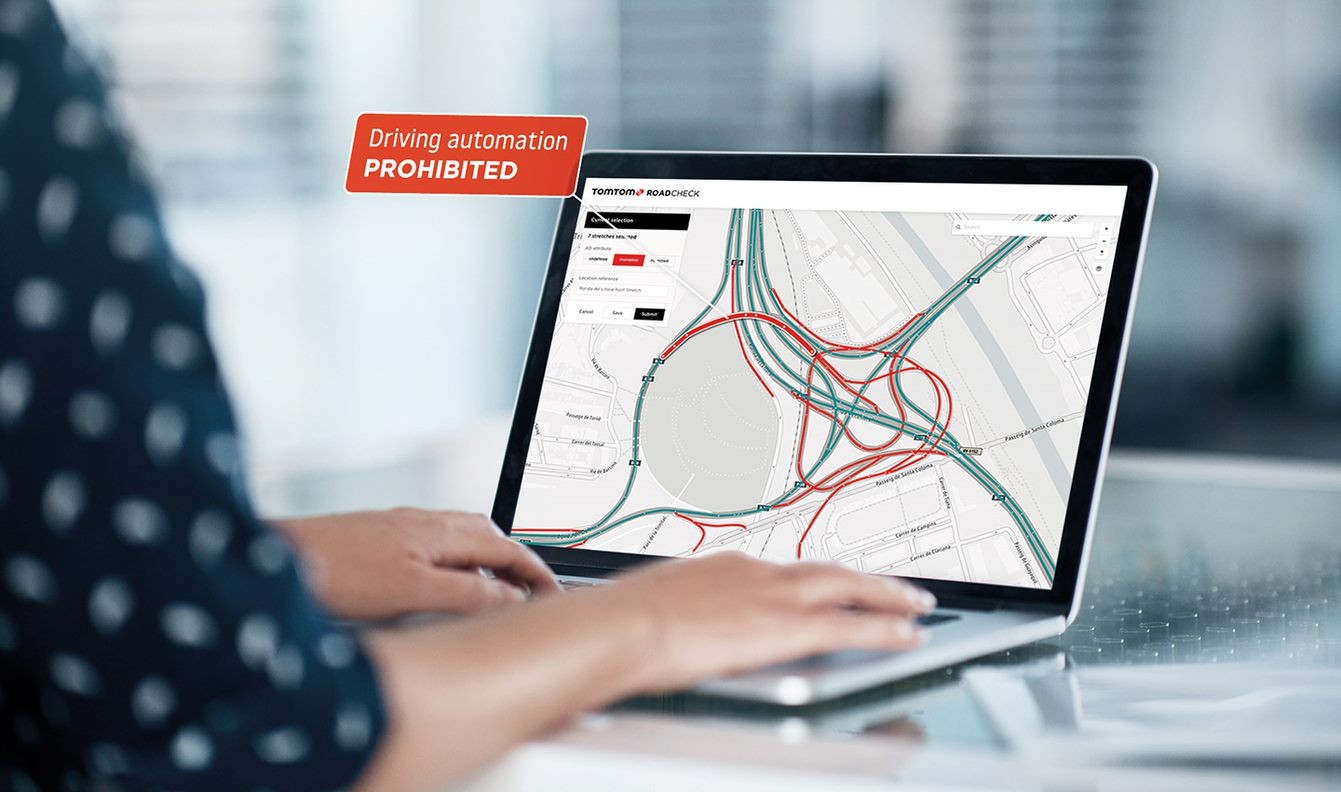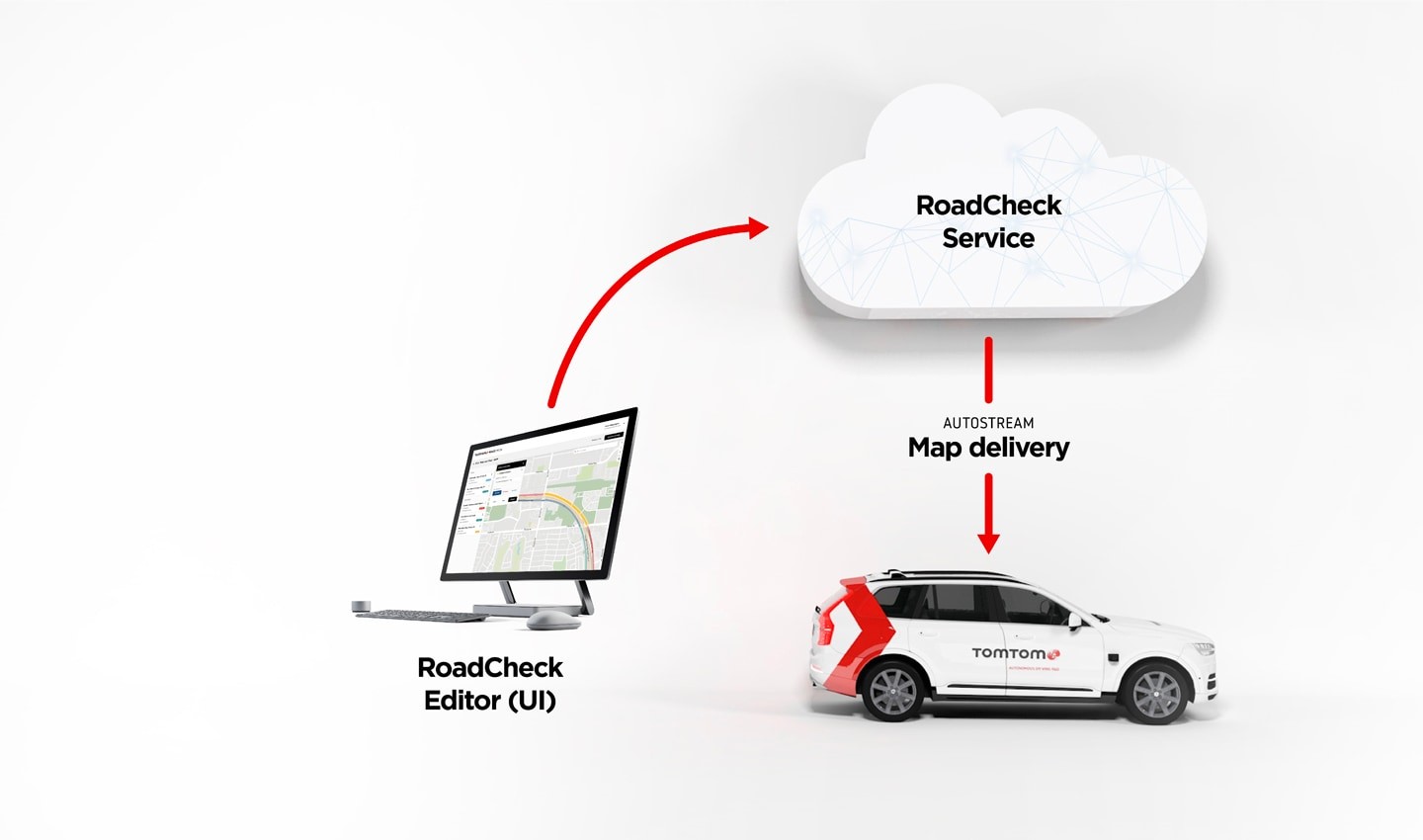Understanding the latest breakthrough in safe automated driving
&w=256&q=90)

The demand for smarter and safer driving technologies is soaring. Automated driving (AD) systems offer a solution right now. Yet there are still challenges. One of the biggest is determining when, where and under what conditions a vehicle can safely activate AD.
Over 95% of accidents today involve human error. AD can change this, yet adoption has been gradual. One of the main issues is that AD technology isn’t ready to fully and safely operate in many situations. For example, busy city streets, some tunnels and adverse conditions such as heavy rain make AD dangerous. So what’s the key to making driving automation more widespread? Restricting AD functions in vehicles to when and where it is safe. This is one of the biggest current challenges in the industry.
Safe AD depends on defining an exhaustive list of all scenarios and conditions a self-driving car might encounter. Automakers manage when, where and under what conditions a vehicle can activate AD functions through the operational design domain (ODD). ODD management also helps car companies stay compliant with local road and safety regulations, which vary across regions and countries.

Why is the ODD important?
The safety of automated vehicles heavily depends on the ODD. According to the Society of Automotive Engineers (SEA), the ODD generally defines when, where, and under what conditions an automated vehicle is designed to operate, or, specifically, those conditions in which it can't operate. Different vehicle types will have varying rules of automation and management. For example, it may be riskier for a fully loaded truck to be automated when transporting materials during rush hours. On the other hand, personal vehicles that operate in lighter traffic won’t have to face the same issue and may therefore have a higher degree of automation.
Automakers also need to account for the local road regulations and weather conditions, which vary per region and country. As the industry moves further towards automation, we prioritize safety more than ever, and ODD goes hand in hand with AD.
Filling the gap in AD technology
Highly accurate and efficient maps are another integral part of automation. Always working to make roads safer, at TomTom we apply our TomTom HD Map data to manage the ODD for safer automated driving. The result is an original, industry-first product called RoadCheck. RoadCheck enables automakers to prohibit vehicles from activating driving automation functions in potentially dangerous areas and allow it in safer areas.

RoadCheck data is delivered to the car and shows where driving automation is permitted.
How can automakers improve ODD management?
Combine HD map data with specific fleet data from automakers to give AD engineers greater insights and possibilities to improve their driving automation functions.
Use one technological infrastructure to differentiate the ODD across car models and achieve economies of scale.
Take a more agile approach that allows the gradual buildup of allowed AD coverage.

Overview of RoadCheck Editor and RoadCheck Service
Improved ODD management ultimately means less car accidents and increased safety for all drivers. Drivers would therefore have ‘informed safety’ – the knowledge of AD safety limits and the ability to make decisions according to their current environment. As AD in vehicles is restricted to safe areas, more driver trust and informed safety means wider AD adoption. There is a real opportunity here for automakers and technology companies to make headway in a new era of self-driving car technology, while giving drivers greater comfort and peace of mind.
Evolving the automotive world
Increased automation will come one step at a time. Enhancing ODD capabilities by leveraging HD map data is a fresh step that immediately improves driving automation. At TomTom, we prioritize safety for everyone by furthering location technology.
Products such as TomTom RoadCheck open the door for engineers where they combine their development insights with data from HD maps and make journeys even safer for all road users.
Want to learn more about RoadCheck?
People also read
)
How do HD maps support autonomous driving safety?
)
How do HD maps extend the vision of autonomous vehicles?
)
What are the six levels of autonomous driving?
* Required field. By submitting your contact details to TomTom, you agree that we can contact you about marketing offers, newsletters, or to invite you to webinars and events. We could further personalize the content that you receive via cookies. You can unsubscribe at any time by the link included in our emails. Review our privacy policy.